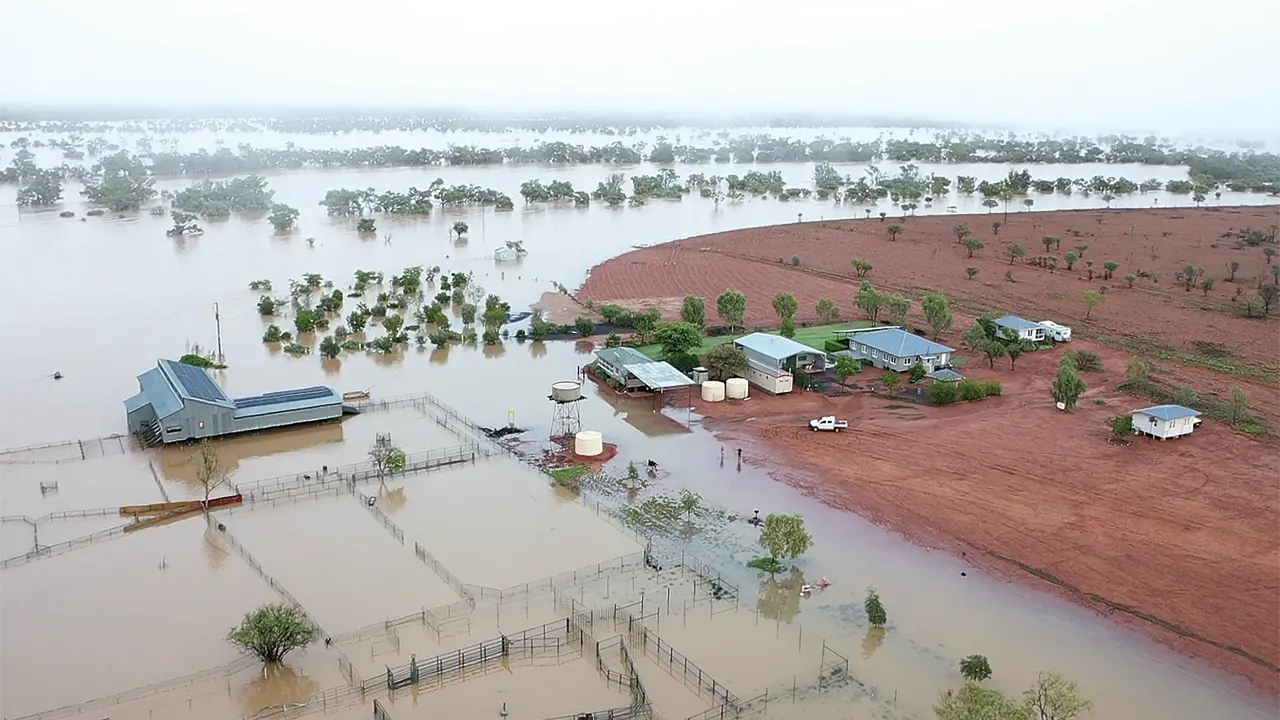Western Australia’s remote and sparsely populated Murchison Shire is pinning its hopes for a prosperous future on the world’s largest radio telescope.
Story By Kerry Faulkner
There is a curious artwork at the Murchison Roadhouse; a line of computer circuit boards strung together into a wall hanging that just doesn’t appear to belong with the normal service-station paraphernalia such as T-shirts, maps and stubby holders.
The roadhouse, 654 kilometres north-east of Perth, is one of a scattering of buildings that also includes the shire office, a few council workers’ houses and a depot. These buildings make up the Murchison settlement, which lies at the heart of Australia’s only shire without a proper town, covering 50,000 square kilometres of red dust and mulga; population 160, pastoral stations 29.
The wall hanging is fashioned from the prototype computer circuits from a massive radio telescope project at the Murchison Radio-astronomy Observatory (MRO) on nearby Boolardy Station. It is also a small clue to the very unusual astronomy industry that is emerging across the plains of this region, which has been dominated by pastoralism for more than a century.
At 350,000 hectares, Boolardy Station ran its first herds in the 1870s, growing to become part of a flourishing wool industry in an era when Australia famously rode on the sheep’s back. Those golden times are long gone. Prolonged drought has made it difficult to wring a prosperous living from the land here and shires have embraced tourism and, more recently, astronomy to bolster their communities.
The Australian Square Kilometre Array Pathfinder (ASKAP) is one of two big telescope projects operating at the observatory and is the one that provided the prototype circuits for the roadhouse wall-hanging. It is best described as the daughter telescope to the world’s most advanced radio telescope, the Square Kilometre Array (SKA). The mother of all radio telescopes, SKA is part of a $2 billion project shared between Australia and South Africa. It is still in its design phase, with building work set to begin at the Murchison Observatory in 2016. Its combination of about 3000 dishes and antennae will add to those already mushrooming out of the stark Boolardy landscape.
Scientists describe the SKA as a “discovery machine” allowing them to look deeper into the universe than ever before, perhaps even back to the creation of the universe itself. It’s a thrilling project. As Boolardy’s Carolyn Halleen says, “How often does a new business literally come knocking on the door, especially in such a remote area?”
This story excerpt is from Issue #85
Outback Magazine: Dec/Jan 2013









